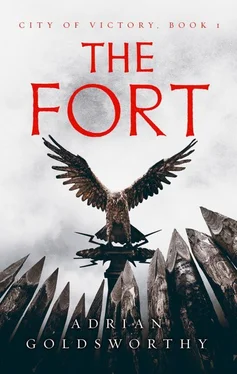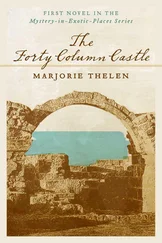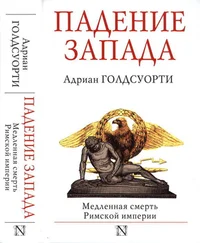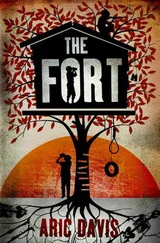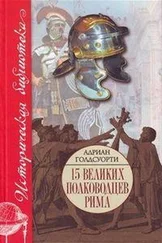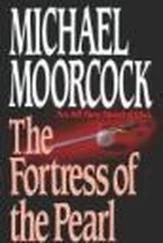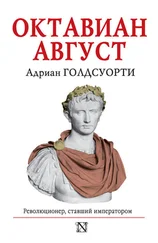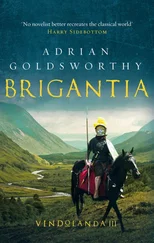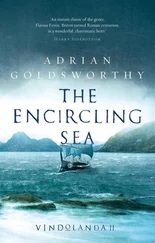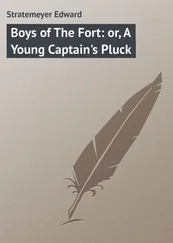Apollodorus of Damascus was one of the most famous architects of the era, the man in charge of Trajan’s Forum complex as well as the Danube Bridge. Hadrian had a deep passion for engineering and architecture, most obviously expressed in the variety and scale of his villa at Tivoli, and in his restoration of the Pantheon in Rome, with its great domed roof. There is a tradition that Apollodorus lacked patience with the amateur’s enthusiasm, dismissing his fondness for domes as mere pumpkins. Later Hadrian is supposed to have sent plans of a temple he had designed, which featured giant statues of seated deities. Apollodorus was unimpressed, tartly mentioning that if the god and goddess chose to stand then they would go through the ceiling. One source claims that Hadrian grew so tired of Apollodorus’ condescension that he ordered the man’s execution.
Hadrian is remembered as one of the better Roman emperors, an essentially good ruler under whom the empire prospered and enjoyed a great measure of peace. His decision to build Hadrian’s Wall in Northern Britain, give up some of Trajan’s conquests in the east and avoid aggressive wars appear pragmatic compared to Trajan’s enthusiasm for expansion. Yet Hadrian was not a popular emperor, most of all with the senatorial class who more than anyone else shaped the memory of each ruler. A little of this came from the shift towards a more cautious, defensive strategy. Rather more was due to the execution of a number of senators, particularly in the early months of his reign. While this was scarcely a widespread reign of terror, good emperors did not kill senators unless they had no other choice. Nerva had exiled Crassus Frugi, the father of the Piso in our story, after a truly inept plot. Trajan recalled the man and then exiled him once again, but Hadrian had him executed. The son appears on an inscription in the family tomb as the last of the line. Nothing more is known about him, and I would hope that he cut a rather better figure than the character in our story.
Hadrian was openly ruthless at times, which meant that he was never loved by the aristocracy. It was said that after his death the Senate hesitated to deify him, the usual routine on the death of an emperor, hence Vespasian’s supposed dying words of ‘I think I am becoming a god.’ Hadrian was tactless, which did not help, for instance in his spectacularly public affair with and then mourning for the youth Antinous. Such things were supposed to be managed discreetly and not paraded. Even in smaller matters, Hadrian appears to have been a clever man who could never resist showing off his cleverness by correcting those around him and always had to be right. He was a competent, perhaps gifted ruler in spite of not being an especially nice person.
Trajan was the cousin of Hadrian’s father, although the precise details of the relationship are unclear, and when Hadrian’s father died, Trajan became one of his two guardians. This was before Trajan was adopted by the Emperor Nerva. Trajan’s widow and other members of court subsequently claimed that, while on his deathbed, Trajan adopted Hadrian. Whether or not this was true, it is highly significant that this did not occur earlier. There were clear traditions about marking a man out as successor and Trajan extended none of these honours to Hadrian – or indeed to anyone else. He never appears to have made a public effort to select a successor, although some anecdotes claim that he hinted about senators good enough to do the job. Hadrian was given the emperor’s grand-niece as wife, but his career under Trajan was good without being truly spectacular.
In AD 105 Hadrian was one of the praetors, but did not serve the normal year of office. At some point he was instead appointed as legatus legionis of I Minervia and was decorated for service during the Second Dacian War. Once again he did not remain in this post for very long and sometime in 106 was promoted when Trajan decided to split the province of Pannonia into two, creating an Upper and Lower province. Hadrian was the first legate of Pannonia Inferior and simultaneously commander of the single legion in garrison there, II Adiutrix. In that sense it was a sideways transfer, but the prestige of governing a province was considerable, and the rapid succession of posts in such a short time suggests a display of some trust and favour on Trajan’s part and there are hints at this in our sources. Our story offers an explanation as to how this all might have happened.
Dacia and the Dacians are not as well understood as we would wish. As is almost always the case, their side of the story is not preserved and we must guess on the basis of meagre and garbled accounts written by more or less hostile outsiders. Contact between the Dacians and Romans began in the first century BC, and Julius Caesar planned to mount a major expedition against them before marching against Parthia. His assassination prevented both projects, but in the decades that followed the Roman frontier pushed forward and contact became more frequent and periodically hostile. In Caesar’s day the Dacians were united under the capable King Burebista. Like Caesar he was murdered by his own followers, and after that the kingdom fragmented into tribal groups. Decebalus managed to restore much of the old unity and power late in the first century AD and as a result was seen as a serious threat by the Romans. No doubt Dacian views of Rome were similar.
The Dacians worshipped Zalmoxis and their faith appears to have inspired great bravery in battle as well as a willingness to commit suicide if things went badly. Little is really known about their beliefs, and I have drawn from passages from Herodotus, who wrote more than five centuries before our story, and Strabo who wrote a mere century or so before our setting. As foreigners describing another race whom they considered to be barbaric, the reliability of their accounts must be doubted, but if we reject them then we have nothing at all. Herodotus tells of the five-yearly sacrifice of a Messenger to the god, of shooting arrows into the sky to calm it and of belief in a blessed afterlife spent in the company of the god.
From quite early on, the Dacians had traded with and learned from the Greek colonies on the Black Sea. Later, Decebalus in particular encouraged Roman deserters to join him and in the treaty with Domitian was given technical and military advisors. Dacian fortifications were formidable, exploiting the rugged terrain to the full and adding well-built walls and towers. Unlike any other tribal army in Europe, they used artillery and other siege equipment. Archers were common and effective, and in addition to composite bows there is a good chance that they made use of ‘belly-bows’, small handheld catapults a little like a crossbow. Many fought with straight swords, javelins and spears, but most famous were the curved one-handed sica and the larger falx, which could probably be wielded in one or both hands and was capable of penetrating armour and inflicting dreadful wounds. Apart from the Dacians themselves, at various times their armies were joined by allies from the Roxolani, a Sarmatian people, and various Celtic, Getic and Germanic groups, with the Bastarnae notable among the latter. Many of the warriors on the Adamklissi metopes have their hair twisted into a side knot, which was seen as a characteristic of the Germanic peoples, especially the Suebi, and use falxes, and may well be Bastarnae.
Much of this story is invention because we simply do not know how Dacian armies were organised and functioned, and indeed have many gaps in our understanding of Roman practices. The monâkon or ‘one-armed’ is the type of catapult more often known as an onager. Use by the Romans is clearly attested only in Late Antiquity, but the type had been invented in the Hellenistic period, although no one knows how often it was used in practice. I took the opportunity to present a couple of these machines to Ferox as something that would be possible, even if not very likely.
Читать дальше
